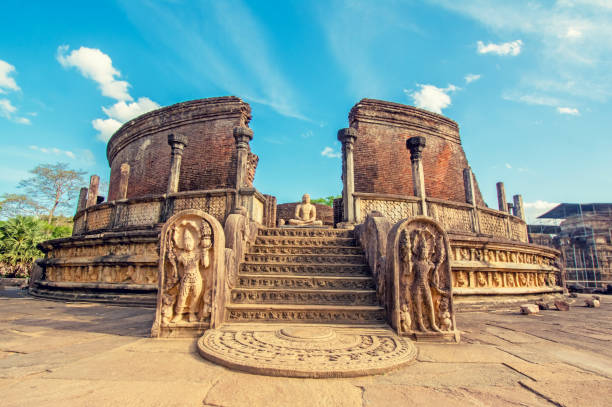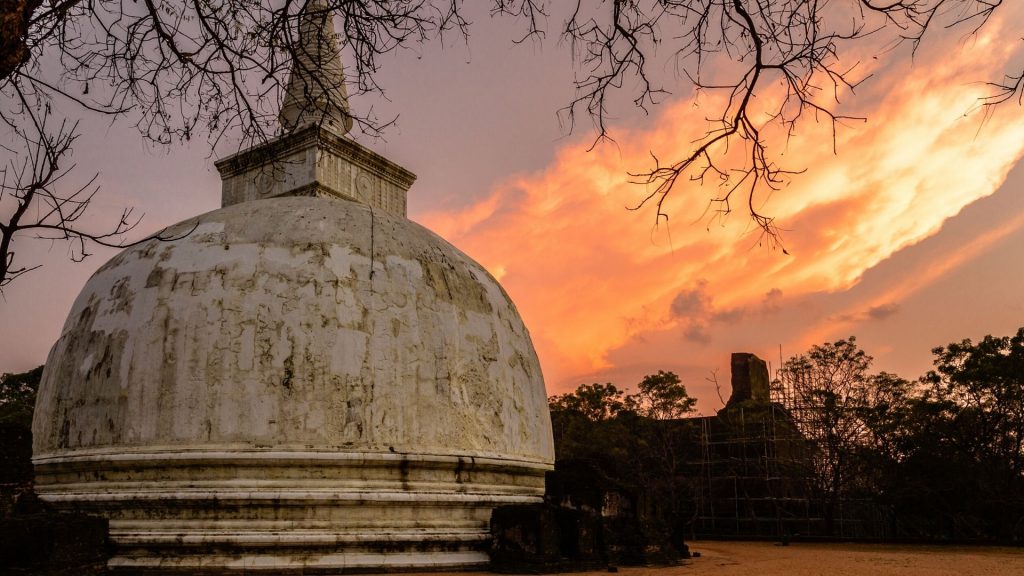Polonnaruwa is an ancient city located in the North Central Province of Sri Lanka. It holds great historical and cultural significance as it was the capital of Sri Lanka during the 11th and 12th centuries. The city is renowned for its well-preserved archaeological sites and ruins, which are designated as a UNESCO World Heritage Site.
Polonnaruwa served as the second capital of the ancient Sinhalese kingdom, succeeding Anuradhapura. It reached its peak during the reign of King Parakramabahu I, who is credited with many of the city’s impressive architectural and urban planning developments. The city’s layout reflects a well-organized design with well-structured roads, water reservoirs, and religious and secular buildings.
The city’s historical significance, impressive architecture, and artistic achievements make Polonnaruwa a popular destination for both tourists and scholars interested in Sri Lanka’s rich cultural heritage. The well-preserved ruins offer a glimpse into the grandeur and advancements of the ancient Sinhalese civilization.
King Parakramabahu I, who ruled during the 12th century, is credited with many of the city’s grandest construction projects, including extensive irrigation systems, which transformed Polonnaruwa into a prosperous city with a well-planned layout.
Today, Polonnaruwa is a popular tourist destination in Sri Lanka, drawing visitors from around the world who come to explore its rich history and archaeological sites. It is often included in the “Cultural Triangle” along with other ancient cities like Anuradhapura and Sigiriya.






